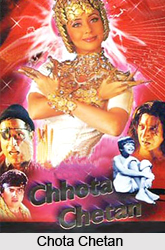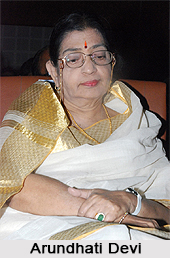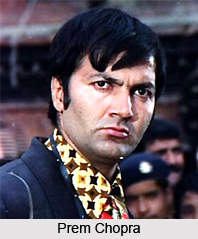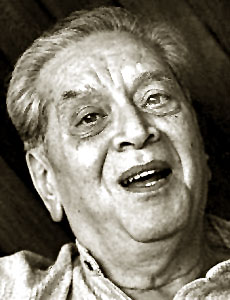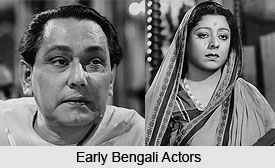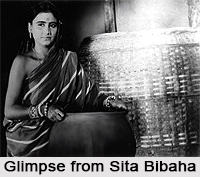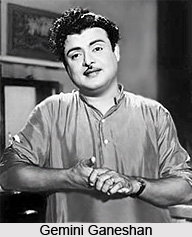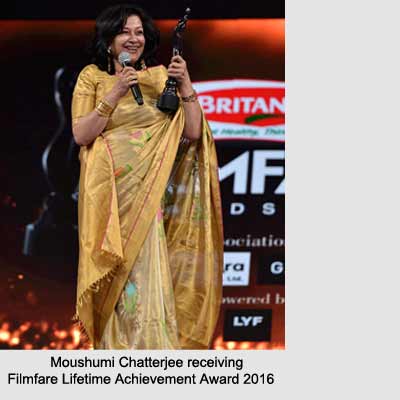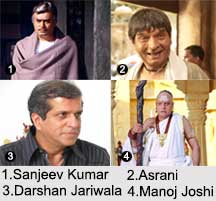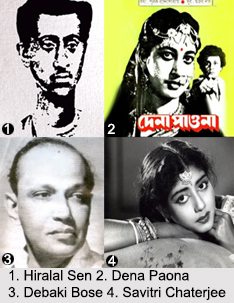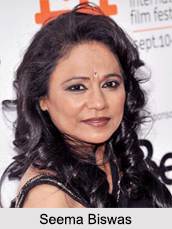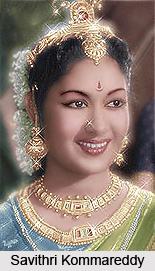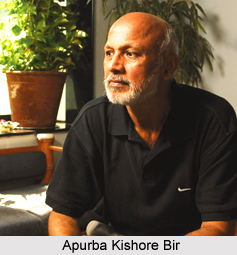 Apurba Kishore Bir was born in Orissa. AK Bir graduated from Pune FTII, remains since then one of the most brilliant Indian cameramen. He had been showered with awards in his area of his specialisation. Shooting from behind the camera he has made five feature films to date.
Apurba Kishore Bir was born in Orissa. AK Bir graduated from Pune FTII, remains since then one of the most brilliant Indian cameramen. He had been showered with awards in his area of his specialisation. Shooting from behind the camera he has made five feature films to date.
The first, Adi Mimansa (1991) starred two of the most outstanding performers. Neena Gupta and Mohan Gokhale were part of the star cast in this Oriya film. This film is a masterstroke for its visual beauty, its colours and the virtuosity of his photography. Apart from showing the lushness and the serenity of the splendid natural setting which is the focus of the film. The theme of this film is unanimist in tone though without didacticism. At the edge of an Oriya village, in the countryside of breathtaking beauty two middle class families, one Brahmin and the other of a low caste. Both the families share the same dilapidated house divided into two.
Life there is serene, the children and the wives seem to get along well and the husbands are friends despite the differences, which separate them on different counts. Fore instance the member of the lower caste, an Oriya born and bred, is a poet and dreamer and the Brahmin, who does not know Oriya, as he is alien to the land. This serenity is on the verge of being destroyed one day when an old Brahmin woman whom they know instills discord by whispering to the Brahmin`s wife that she should not be clearing the common wastepipe because it belonged to the non-Brahmins as well. It is now the war of the two households who no longer talk to each other. The pipe is blocked and, in retaliation, the Brahmin bars the access for the neighbours to the well that is situated on his side. The family of the lower caste gets ready to vacate the place but eventually it is the wisdom of the children that brings reconciliation between their parents and life resumes its course serenely as before between the two families.
Produced by the National Centre of Films for Children and Young People and awarded prizes in a number of festivals for this genre of films in India and abroad, his next film, Lavanya Preeti (1993) is a traditional tale. It is a `film within film`, following the footsteps of the `play within a play.` The film illustrates the tale of adolescent love between Gauri and Kedar. The story ends in tragedy due to a misunderstanding concerning the death of a young girl.
Apurba Kishore Bir`s third film was in Hindi, Aranyaka (1994). The suspense is gripping from the very beginning in a powerful and disconcerting film. AK Bir was back with an Oriya film in 1997, Shesha Drushti. This Oriya film is considered to be his most accomplished film. Through this film Apurba Kishore Bir realised his ambition of finding the specific images of an audiovisual project. It is a spellbinding film of great sensitivity and aesthetically accomplished, whose slow pace does not make it dull, for words appear exactly when they are necessary to clarify the action. Set in the luxuriant countryside of Orissa is narration of the discovery of the world and its realities by the young Sangram. Guileless and still childlike, he is attached to his old widower father Kedar Babu. The latter is a humanitarian Brahmin and an old anti-British freedom fighter crippled by injuries received during his political struggle but the father son duo shares a strong relationship, almost silent.
The Last Vision by Apurba Kishore Bir or AK Bir is one of the finest Indian films amplifying considerably on the thematic level the very beautiful first feature film of Bir. This particular also confirms the place of this director as one of the most accomplished composer of images of the country. In 1999, Apurba Kishore Bir was back with his first love, films for children. Nandan told the tale of a mischievous boy by the same name.
Till date Apurba Kishore Bir remains one of the ace Oriya directors. He was awarded the Padma Shri Award in the year 2013 by the Government of India.
